Choosing a lining for interior decoration
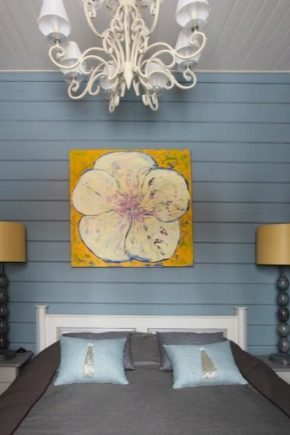
Any renovation work is completed with decorative finishing, thanks to which the room takes on a beautiful appearance and pleases those around with its interior. Today the construction market is represented by a chic selection of finishing materials, but lining deserves special attention among them. It not only has an original design, but also reliably protects the walls, acting as a good sound and heat insulator. In addition, this material does not require additional processing and is easy to install.
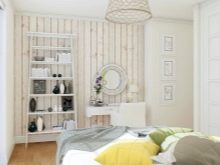
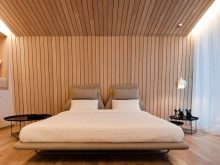
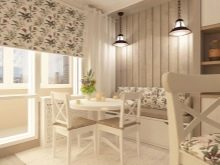
Peculiarities
Lining is a board of various shapes and sizes, which is designed for interior decoration. The product is characterized by high technical and operational properties.
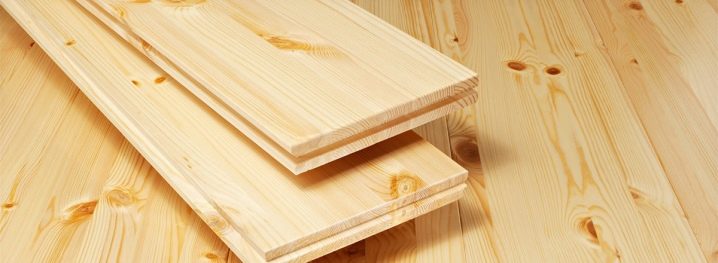
Usually the lining is made of natural wood, so it does not contain chemical components and is absolutely harmless to human health.
Such material serves for a long time and, after installation, creates a healthy microclimate in the room.
It has major advantages.
- Nice appearance.
- Resistant to temperature extremes.
- High noise insulation.
- Huge scope of application. As a rule, a decorative product is used for interior wall cladding in apartments, houses, summer cottages, balconies and terraces.
- Large assortment of colors and textures. Thanks to these qualities, the product can be chosen for any style of room decoration.
- Affordable price. Sheathing one square meter will cost much less than finishing with other expensive materials.
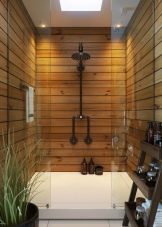
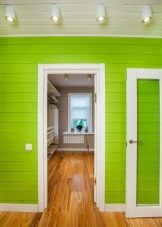
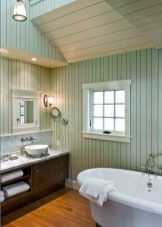
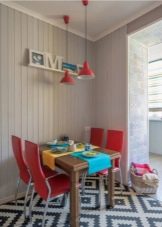
In addition, the lining can be attached to the walls in different ways, which allows you to create unusual compositions in the interior. As for the shortcomings, there are few of them. The main disadvantage of the product is considered to be low moisture resistance. But despite this, clapboard walls in baths and saunas can last for many years. Also, the planks, with changes in humidity, decrease or expand in volume, quickly ignite and are unstable to the effects of insects. To extend the life of the material, it is recommended to additionally coat it with a protective compound.

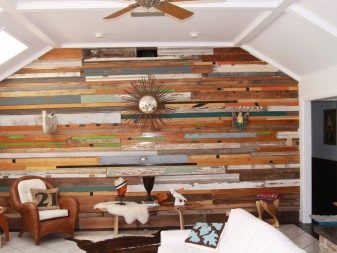
Views
A classic version of the lining is considered to be a wooden board, but thanks to modern production technologies, recently you can also find products made from other materials on sale. They may differ in design, but they are all united by a single installation principle and shape. Depending on the type of raw material that is used in the creation, the lining is of several types.
Wooden
Such material is characterized by high environmental friendliness, creates a breathable coating on the surface of the walls and can be painted or varnished.
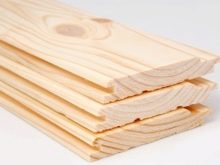
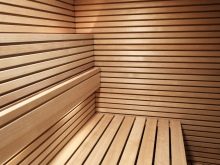
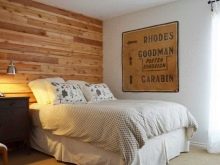
Since wood is of different classes, then wooden lining is divided into 4 types.
- Extraclass - the board is of excellent quality, has no defects, is reliable in operation, but is expensive. As a rule, it is used not only for internal, but also external wall cladding. The thickness of such a lining allows you to use the material for frame construction, its design is characterized by a beautiful performance.
- "A" class - small knots may be present on such boards, but they are in no way inferior in their qualities to top-class products.
- "B" class - a fairly durable finishing material, but various kinds of defects are noticeable on it.Since the product is highly durable, it is used for wall cladding in baths or on balconies.
- "C" class - is considered the cheapest board, it is often chosen for finishing non-residential premises and inside outbuildings.
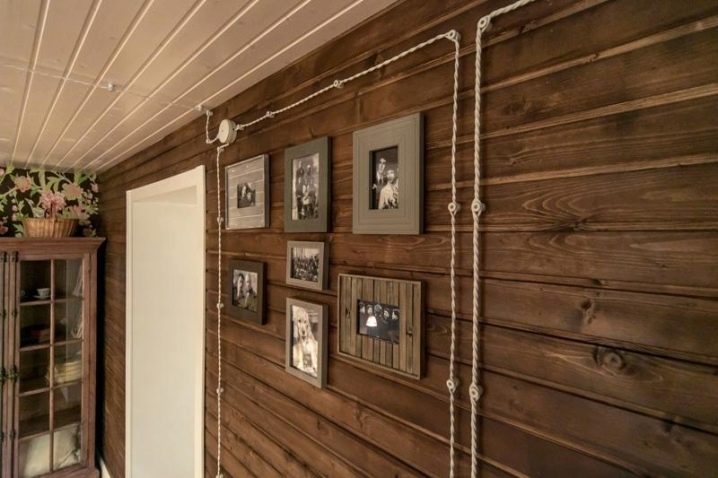
A wooden board may differ in its shape, therefore, they distinguish: eurolining and ordinary lining. The lining is as close to natural wood as possible. Such a board under a log looks original in the interior, which can be used for decoration inside a wooden house. No less popular are the options for decorating rooms with a material shaped like a bar. As for the usual lining, it has standard sizes and shapes.

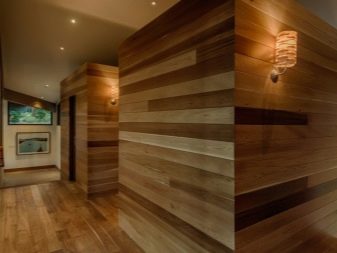
Plastic
Such decorative panels are best suited for cladding ceilings, since the material is too fragile and on the walls it will not be able to withstand heavy mechanical loads. The dies are produced in different colors and textures, so they harmoniously fit into any style of the room, filling the space with a touch of modernity.
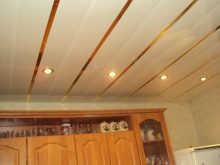
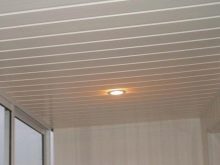
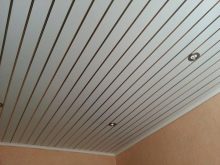
It is best to install plastic lining horizontally, so the area of the room will visually expand.
It is undesirable to use this type of material for wall cladding in the kitchen or bathroom, as high humidity in these rooms will reduce the performance of the finish.
Plastic lining has numerous varieties and differs not only in design, but also in color, installation method. Boards with imitation of marble, granite and natural wood are very popular. The thickness of the plastic lining is significant, the strength is high, therefore, it is installed outside the premises.

MDF
Externally, the material is very similar to natural wood, is quickly assembled and presented with a chic choice of colors. Ideal for decorative ceilings and walls. The only drawback of such a board is considered to be instability to moisture: when it gets wet, it begins to deform and delaminate.
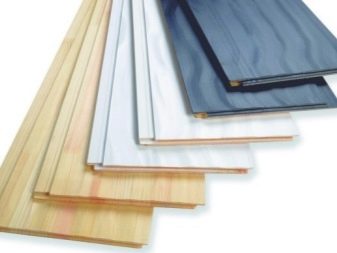
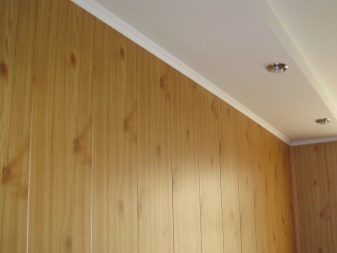
The lining can be produced not only in different shapes and sizes, but also differ in the presence or absence of chamfers.
Depending on this, the material is divided into the following types.
- Regular - is characterized by a flat surface. On the front side of the board there is an additional chamfer, due to which, at the end of the installation work, seams are created on the surface. As a rule, the chamfer is angular and rounded.
- "Calm" - in such a lining there is no chamfer, therefore, when sheathing, the joints are invisible. The material ideally imitates timber walls and is produced with a thickness of no more than 25 mm.
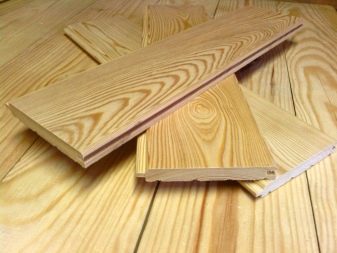
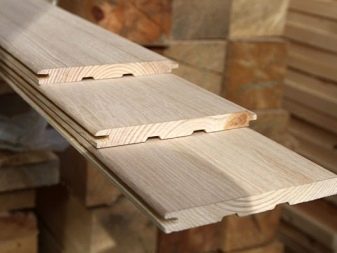
- "Landhouse" - is one of the most expensive types of lining, since special processing technologies are used for its manufacture, and the front side of the board is milled. As a result, wood patterns in the form of knots and carvings are formed on the outside of the board.
- "Block house" - is a profile, thanks to which it is possible to simulate the sheathing from a bar. Since the board has a rounded front part, after assembling it, the wall will look as if the house was built from a real log.
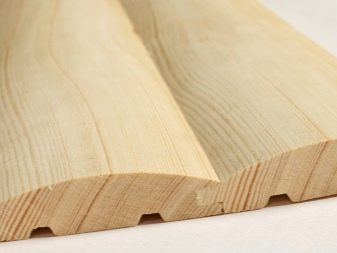
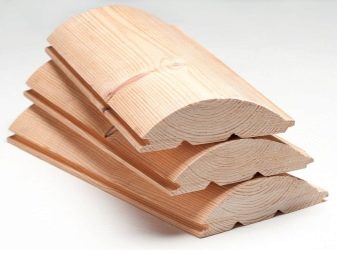
- "American" - in such a lining there is a smooth transition between a chamfer and a tenon, so the product looks like siding panels.
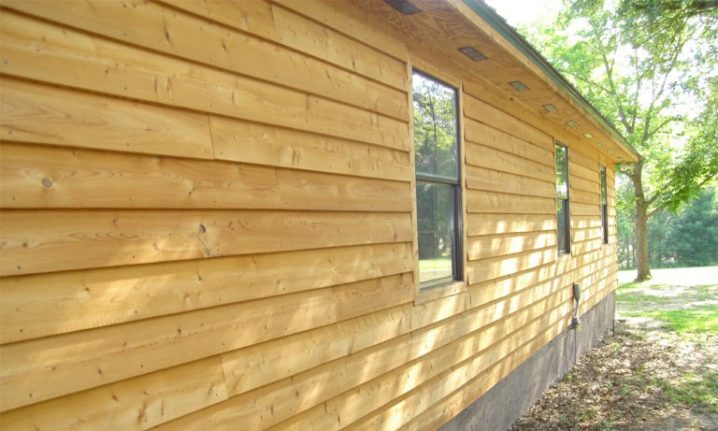
- "Double-sided" - both parts of such a board are made facing. As a rule, it is used when it is necessary to sheathe small partitions.

Which is better
The lining for interior decoration is presented in the construction market with a huge assortment, so each of its types differs not only in a unique design, but also in technical characteristics. To make the right choice and determine which of the materials is the best, you need to take into account many nuances.

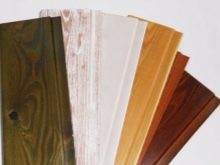
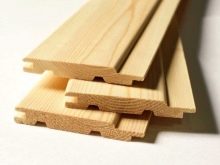
Currently, manufacturers produce wall paneling from both deciduous and coniferous wood species. Pine and other coniferous planks contain a lot of essential oils and resins, which protect it from mold and mildew.In addition, such lining serves for a long time, is easily processed and has an unusual texture. Also, products made from coniferous trees have high thermal insulation and fill the space with a pleasant smell. Therefore, if you need to beautifully decorate the interior inside a house or apartment, then you cannot choose the best option.
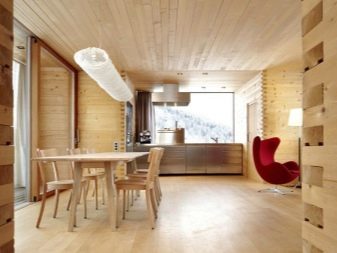

If you plan to finish the sauna or bath, then you can give preference to the lining made of hardwood, you can also sheathe the toilet. After special processing, such a board does not emit resins, withstands high temperatures and is not afraid of moisture. Oak board is in great demand among craftsmen: although it is expensive, the price is justified by the quality. In a private house, such material is perfect for decorating slopes and the second attic floor.
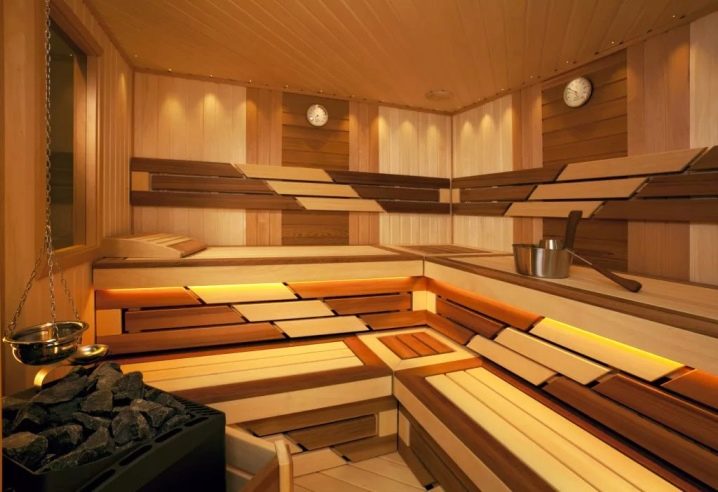
For cladding the walls of a country house or summer cottage, you can also use birch or linden lining. A pleasant shade of these types of wood will not only make it possible to embody an interesting design of the room, but also create a special atmosphere of home warmth and comfort in the room. The decorative wall decoration with clapboard looks beautiful in the hallway, bedroom, bathroom, it is also suitable for the corridor, and the doors decorated in this way will become a real decoration.
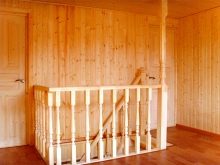

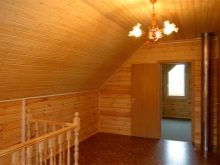
In a country house built from a bar, you can sheathe with such a board not only the walls of the premises, but also the places of the doorway.
Tips & Tricks
In order for the decorative clapboard to last a long time and delight with its beauty, it is necessary not only to choose the right material, but also to know the technology of its installation, to study the reviews.
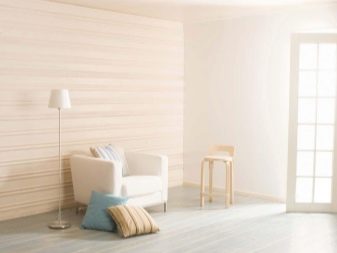
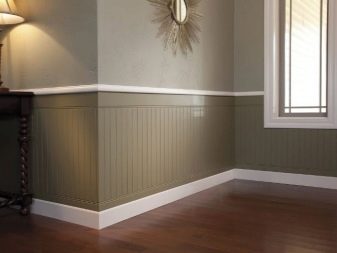
Since the construction market offers a huge selection of lining, it will be difficult to decide on the purchase.
To avoid mistakes and quickly sheathe the walls with your own hands, it is enough to follow simple recommendations.
- Before purchasing the material, you must carefully check it for factory defects. To do this, you need to look at all the boards in the package, since the front lamellas may be perfect, and there will be a defect inside. In this case, the panels must be flat, without curvature. If the board has deformations, then the purchase should be abandoned, because problems with its installation may arise in the future.
- The comb and puzzles of the lining should not have chips, knots and cracks. You can check the integrity of the locks using a kleimer.
- To determine the length of the lining, it is necessary to calculate in advance the surface area that is planned to be sheathed. As a rule, the length of the boards ranges from 30 cm to 6 meters. The width of the material is also different. Wide lining is more prone to deformation, therefore, it is best to purchase boards of various sizes for decorative finishing. This will simplify the installation process and create an interesting effect in the interior.
- Wooden lining can be combined with other types of finishes, that is, one of the walls is sheathed with a natural board, and the other is pasted over with wallpaper or covered with plaster.
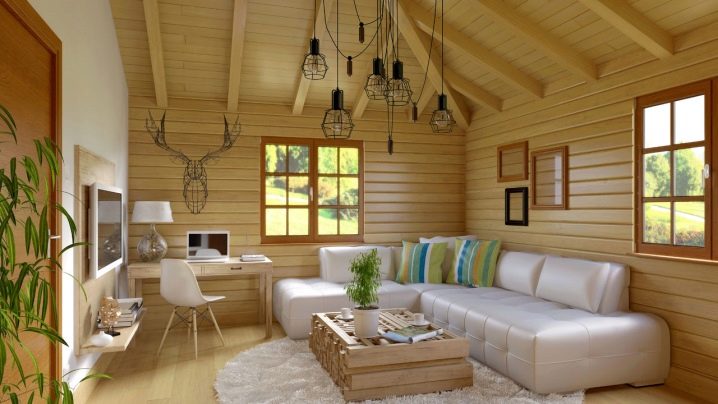
- The lining should be purchased taking into account the characteristics of the premises where it is planned to be installed. Since some types of material are unstable to moisture and temperature extremes.
Beautiful examples
To date, the lining has found wide application not only in construction, but also in the decorative finishing of premises. To prevent the interior of the apartment from acquiring a "sauna effect", the walls and ceilings must be decorated correctly, taking into account the general style of the rooms and the color scheme. If the room is dominated by too bright colors, then for clapboard sheathing, it is advisable to choose pastel shades of boards.
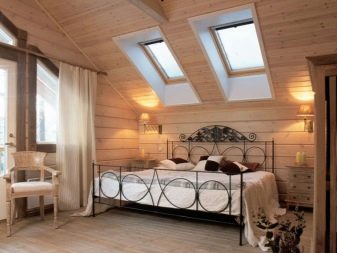
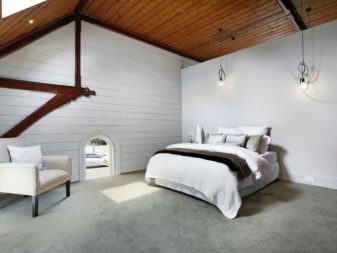
For living rooms, brown lining is considered a good option. But in order to favorably emphasize the beauty of natural wood, there must be good lighting in the room. In this case, in the living room, it is recommended to sheathe only the walls and avoid ceiling decoration. It is interesting to play on contrast in this way: select one main wall in the room and decorate it with dark boards, and paste over the rest with light wallpaper.You can, on the contrary, apply lining of light shades for decoration and supplement it with materials of darker colors.
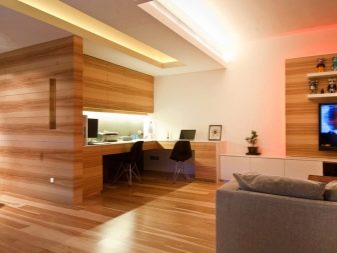
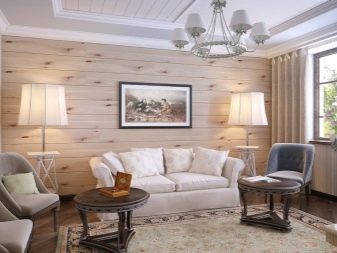
The clapboard looks unusual in the dining room or in the kitchen. For these rooms, it is best to give preference to light beige or light gray colors. Many people also choose the classic white color of the boards for dining rooms and kitchens. To make white textiles, walls and light furniture stand out in the interior, you can make several color compositions from the lining. Thus, the room will turn out to be at the same time cozy and stylish, and the light range will visually expand its space.
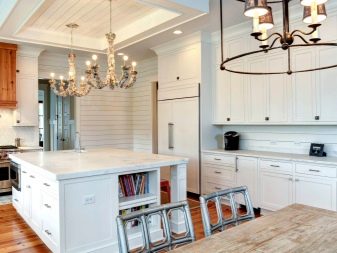
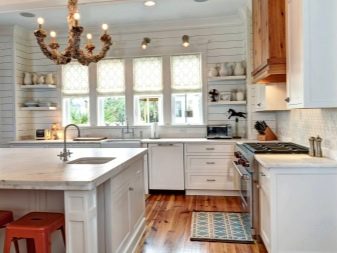
The lining is also well suited for decorating bedrooms. At the same time, in the bedroom, they sheathe the wall near the bed. To make the design interesting, you can lay out the boards in the form of a "mini-fence" so that the stripes smoothly transition to the ceiling. Lining of any color and texture will look beautiful in the bedroom. When choosing it, one should not forget about the harmony of shades and create an interior in such a way that the wooden material is harmoniously combined with the ceiling, flooring and furniture.
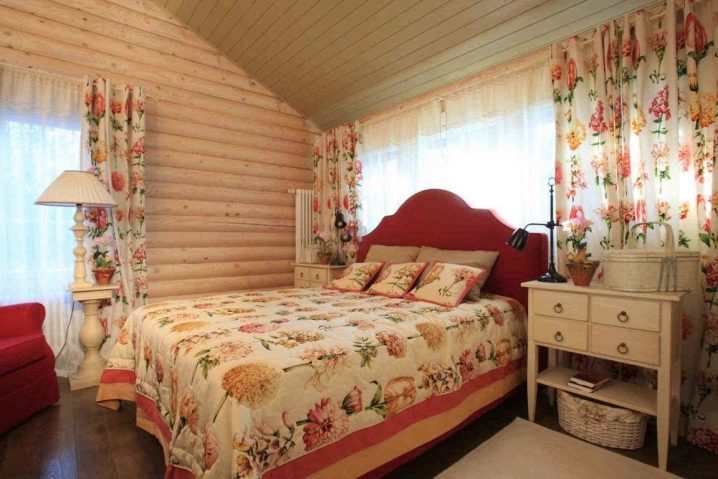
How to sheathe walls with clapboard, see the next video.













The comment was sent successfully.